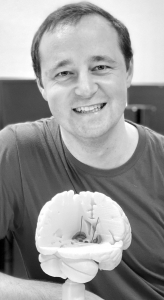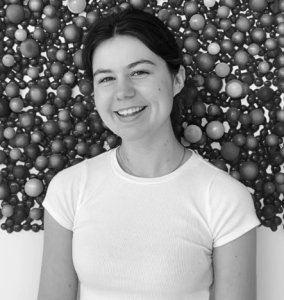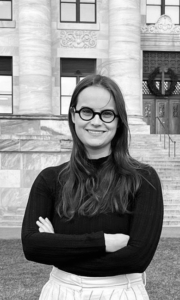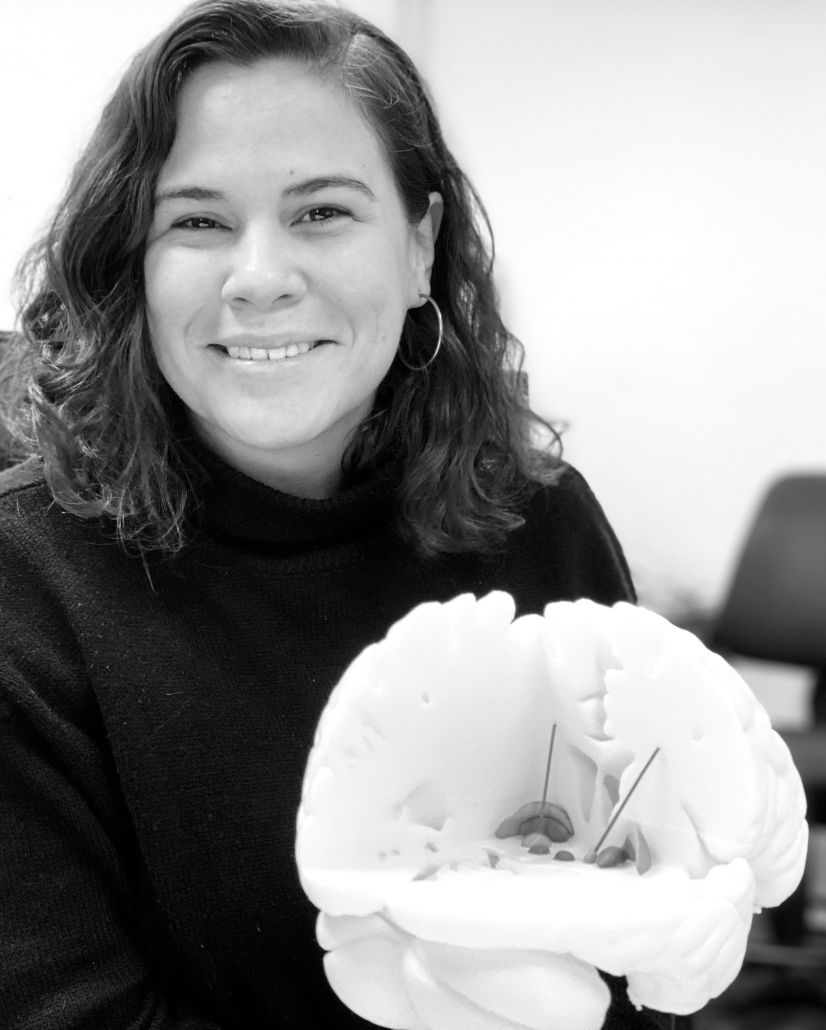People
Thank you very much for your interest in our group.
Our research focusses on the following central questions:
- How does the human brain respond to focal stimuli applied by invasive and noninvasive neuromodulation methods
- Specifically, we study the effects of deep brain stimulation on small brain nuclei
- How do distributed brain networks respond to such stimuli
- We use noninvasive techniques like resting-state fMRI and diffusion-weighted MRI to address this question
- How does DBS electrode placement affect
- Clinical
- Neural
- or behavioral response
In second line, we’re highly interested in structural and functional connectomics as well as detailed anatomical definitions of the human brain.
Some of our lab members take part in developing the open-source toolbox Lead-DBS – which has become a multi-institutional endeavor.




























